Granite is a high-quality building stone with uniform structure, wear-resistant and corrosion-resistant, hard texture, beautiful color, density of 2790~3070kg/m³, compressive strength of 1000~3000kg/cm², and elastic modulus of 1.3~1.5x106kg/cm³ , water absorption rate is 0.13%, shore hardness>HS70, specific gravity 2.6~2.75. For this type of hard rock, the crushing sand making process is generally used before subsequent use. Machine-made sand or artificial sand is gradually emerging. The entire construction machinery industry is gradually researching and improving the production process and technology of machine-made sand. For the processing of hard rock such as granite, the quality requirements of the equipment required by the production line are generally higher. The raw thread can be divided into three steps, from crushing, sieving and sand making, before feeding to after discharging. These three steps are interlocked. Today, let me take a detailed look at what equipment is used in the complete set of granite crushing sand production line?
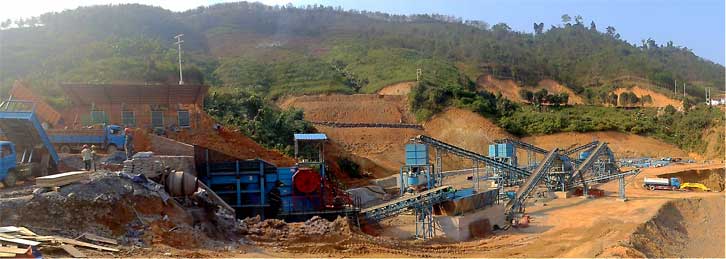
Big stone becomes small stone (primary crushing): Jaw Crusher
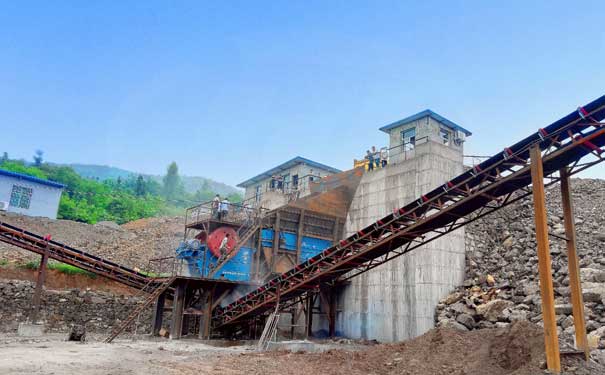
Big stone becomes small stone, that is, the raw material of granite is coarsely crushed. The adjustment range of the discharge opening of the series of jaw crushers for rough crushing is to reach the inlet size of the cone crusher. Jaw crusher is a very common first-breaking device, which can crush all kinds of high hardness, low hardness or medium hardness materials, can crush rock ore materials with a single component, and can also handle construction waste, concrete blocks, and waste cement with mixed components blocks and other materials.
Small stones turn into stones (secondary crushing): Cone Crusher
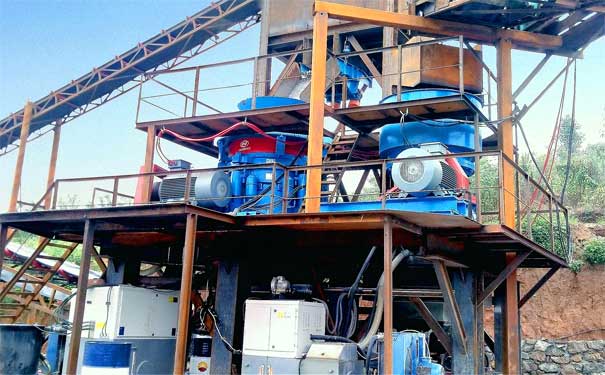
The same as the second crusher, different from the impact crusher, the cone crusher mainly handles some materials with high hardness such as granite, cobblestone, iron ore, basalt and so on. When the material is used, the wear will be smaller than the impact crusher. However, although the cone crusher can also achieve the effect of fine or ultra-fine crushing, one of the disadvantages of lamination crushing is that the content of needle flakes is very large, so the impact crusher behind needs to be shaped and the sand washing machine to remove impurities.
Fine crushing and shaping (sand making machine): Impact Crusher
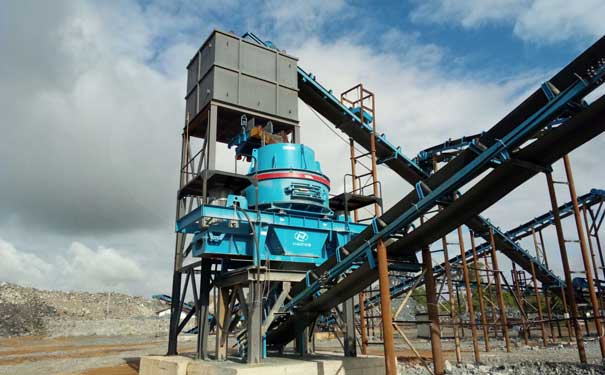
This is a key part of the whole granite sand making process. As mentioned earlier, the impact crusher is not suitable for processing materials with higher hardness, and the cone crusher has more needle-like content after processing, so it needs impact type. The sand making machine performs an optimized shaping process. Impact sand making machine adopts the principle of impact crushing. After entering the crushing cavity from the feed inlet, the material will be quickly impacted on the crushing cavity for impact crushing. At the same time, the material and the material will continue to collide with each other in the crushing cavity. The impact crusher combining the working principle of "stone beat stone" and "stone beat iron" has high working efficiency and very good granular shape of the finished product.
1. Strong adaptability.
Impact sand making machine is a new type of sand making equipment. Whether it is hard or soft gravel aggregate, impact crusher can efficiently process, and the range of materials that can be processed is still very wide.
2. Strong energy saving.
Under the same output, the impact sand making machine is energy-saving compared with other traditional sand making machines, and the cost performance is very high.
3. High yield.
The impact type sand making machine not only has a very good granularity of finished products, but also has a very high production rate. According to practical data, the single machine is higher than the traditional sand making equipment. In general, it is very good for granite processing.
Screening classification: Vibrating Screen
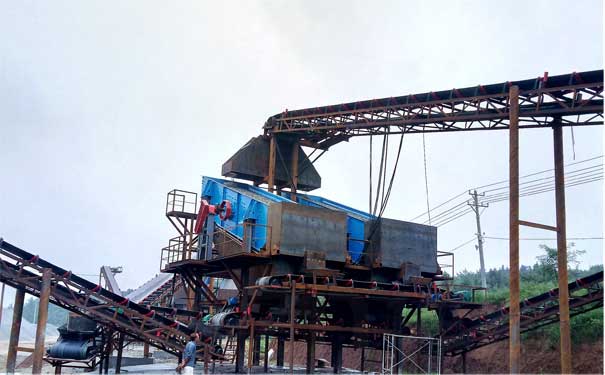
Screening runs through the entire production line. Screening (pre-screening) needs to be carried out before crushing. Pre-screening can avoid the invalid crushing of materials, thereby improving the production capacity of the crushing equipment and reducing power consumption; Screening of aggregates. The aggregate processed by one production line has more than one particle size of finished products, and different users have different requirements for the aggregate size of sand and gravel aggregates, so they are screened into multiple particle-level products and supplied to various users.

